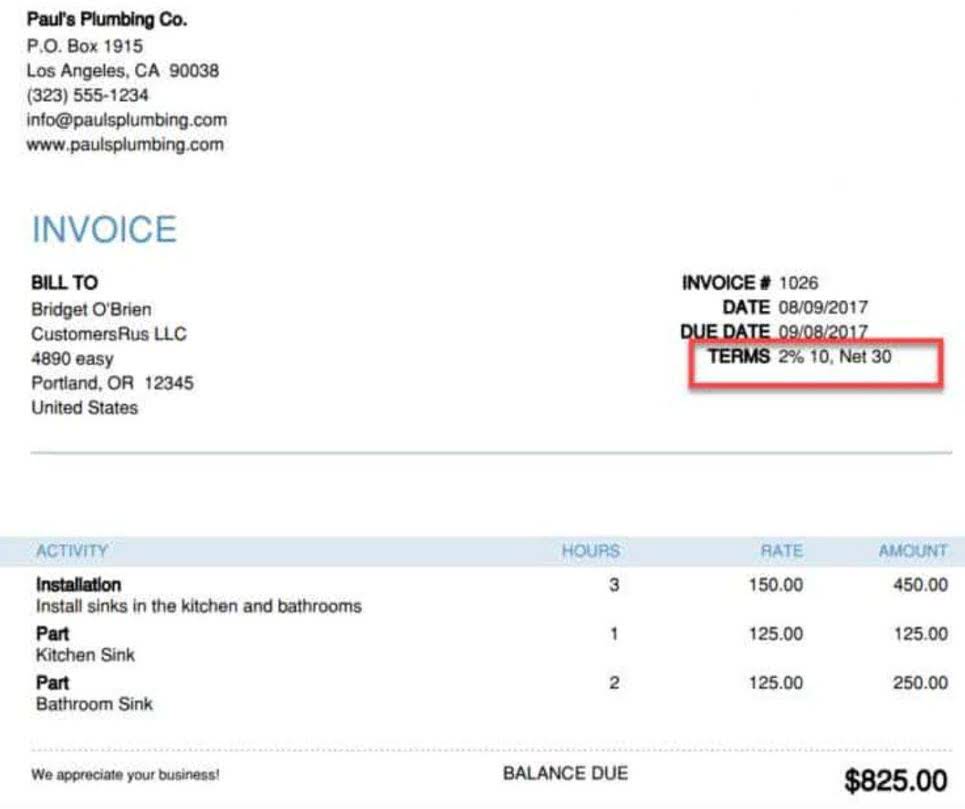Overview of Implementing Financials

The report is also used by management, to determine the effectiveness of the credit and collection functions. Without an accounts receivable aging report, it can be difficult to maintain a healthy cash flow and identify potentially bad credit risks to your business posed by doubtful accounts. To be useful, your report needs to include client information, the status of collection, the total amount outstanding, and the financial history of each client. No matter what industry you’re in, keeping track of unpaid invoices is an essential part of maintaining a healthy cash flow. An accounts receivable aging report is a financial reporting tool that does just that, letting you see unpaid invoice balances, along with the duration for which they’ve been outstanding. Putting together regular accounts receivable aging reports, which you can easily do with invoicing software, allows you to identify regular late-paying customers.
Accounts receivable aging explained: What it is, how it works, and how to calculate it
Aging involves categorizing a company’s unpaid customer invoices and credit memos by date ranges. Schedules can be customized over various time frames, although typically these reports list invoices in 30-day groups, such as 30 days, 31–60 days, and 61–90 days past the due date. The aging report is sorted by customer name and itemizes each invoice by number or date. The final step is to repeat the process from step 3 for all of your clients having unpaid invoices on their accounts.

Financials Offering
- Upgrading to a paid membership gives you access to our extensive collection of plug-and-play Templates designed to power your performance—as well as CFI’s full course catalog and accredited Certification Programs.
- After 90 days, we don’t have much hope, only a 5% probability of getting our money, which means that a few people who don’t pay on time still eventually pay, but not many.
- Those past due accounts are reviewed closely and based on each customer’s information it is estimated that approximately $7,400 of the $89,400 will not be collected.
- Next, organize all unpaid invoices for each customer according to your chosen aging schedule.
- If this is the case, you can compare your credit risk to industry standards to see if you’re taking too much credit risk.
You can find this number by taking the total amount of accounts receivable overdue in each of the overdue buckets by the total amount of receivables outstanding. First, you’ll need to collect and organize all outstanding invoices from your accounts receivable. As a business owner, the last thing you want is to sell your products or services and not get paid or be paid late. That’s why it’s important to stay on top of your finances and keep track of who owes you to maintain your company’s financial health.

Global payments

Generally, the older the unpaid sales invoice, the greater the likelihood of not collecting the full amount. Unfortunately, it’s common for clients to be aging of accounts receivable late with payment, either due to forgetfulness or other issues. When you make a lot of sales, it’s important to have a tool to keep track of receivables.

Avoiding Bad Debts
This compensation may impact how and where products appear on this site (including, for example, the order in which they appear), with exception for mortgage and home lending related products. SuperMoney strives to provide a wide array of offers for our users, but our offers do not represent all financial services companies or products. The IRS allows companies to write off aged receivables, but only if the company has given up on collecting the debt.
Management uses the information to help determine the financial health of the company and to see if the company is taking on more credit risk than it can handle. An aging report for accounts receivable can help estimate bad debt, which is uncollectible payments. Bad debts typically form when customers receive credit they are unable to pay back. A best practice for businesses is to use an aging report to make an estimate of bad debts for each period. An aging schedule is an accounting table that shows a company’s accounts receivables, ordered by their due dates. Often created by accounting software, an aging schedule can help a company see if its customers are paying on time.
Example of Accounts Receivable Aging Method for a Wholesaler or Retailer Business:
An accounts receivable aging report is a type of financial report that provides an overview of all accounts receivable—sales made by the business for which payment has not yet been received. The report organizes all accounts receivable according to the length of time that the payment has been outstanding. One of the main uses of an accounts receivable aging report is to identify customers behind on payments.
- Depending on your financial position, you may request a credit balance extension or another payment term adjustment depending on how many outstanding payments you’re waiting to receive.
- Accounts receivable aging reports are also required for writing off bad debts.
- If the report is generated by an accounting software system (which is usually the case), then you can usually reconfigure the report for different date ranges.
- Aging research doesn’t tend to be about finding the one cure that fixes all that may ail you in old age.
- To start your Financials implementation, use the Setup and Maintenance work area to opt into the offerings that meet your business requirements.
- This prioritization is not arbitrary; it is informed by the aging report, which highlights the accounts that are overdue and may require immediate action, such as sending reminders or initiating collection procedures.
